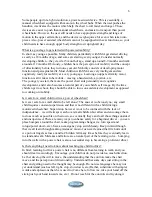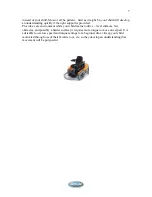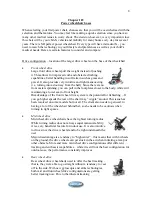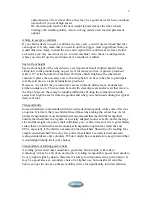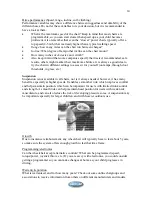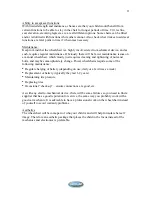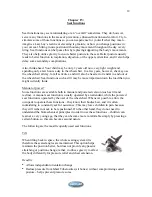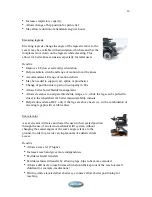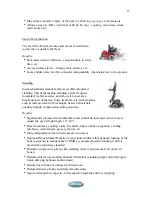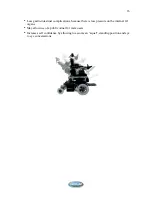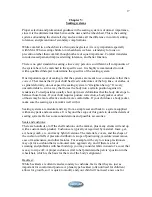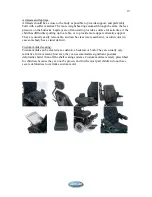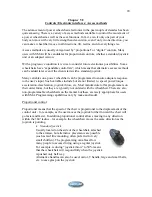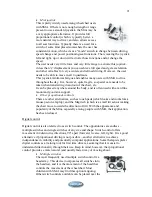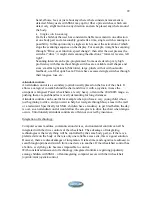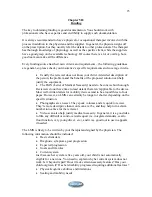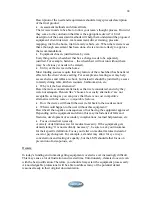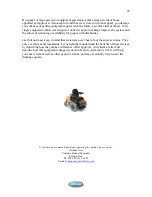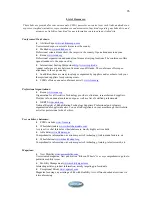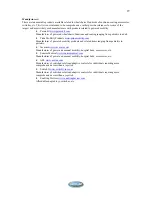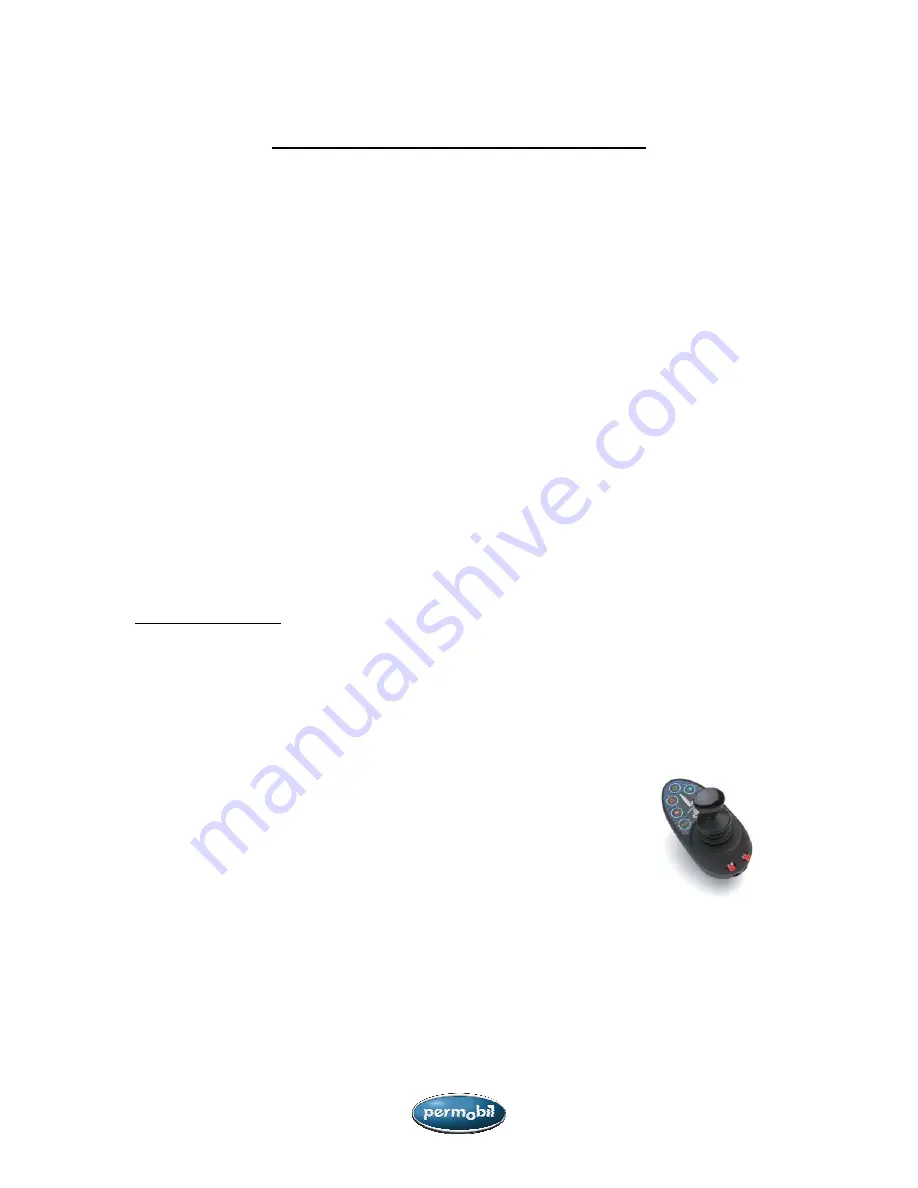
20
Chapter VI:
Controls / Electronic interfaces / Access methods
The advancement of power wheelchair electronics in the past couple of decades has been
quite amazing. There is a variety of access methods available to control the movement of
a power wheelchair as well as the seat functions. In fact, even if only one part of your
body can move with very little strength and excursion, even if only in one direction, you
can make a wheelchair move in all directions, tilt, recline, and do everything else.
Access methods are usually categorized by “proportional” or “digital” controls. Many
users with SMA will be candidates for proportional controls, whether a standard joystick
unit or an adapted version.
With a progressive condition it is wise to consider future electronics possibilities. Some
wheelchairs have “expandable controllers”, which means that alternative access methods
can be added later even if the client starts with a standard joystick.
Many variables on a power wheelchair can be programmed to ensure adequate response
to the user’s input. Such variables include but are not limited to: speed, power/torque,
acceleration, deceleration, joystick throw, etc. Most manufacturer offer programmers on
their order forms, but they are typically not ordered with the wheelchair. There are also
non-programmable wheelchairs on the market but these are rarely appropriate for users
with SMA. Programming capabilities vary by make and model.
Proportional control
Proportional means that the speed of the chair is proportional to the displacement of the
control unit – for example, as the user moves the joystick further forward the chair will
go faster and faster. In addition proportional control allows moving in any direction
within the 360° radius – for example, the wheelchair moves the same direction as the
joystick is pointing.
•
Standard joystick.
Usually located on the side of the wheelchair, attached
to the armrest, but alternative placements are possible
(such as mid line mounting, often preferred for very
small children). The programming variables allow
many people to access driving using a regular joystick.
For example, reducing “joystick throw” to 50% means
that the wheelchair will respond fully when the joystick
is pushed only half way.
Alternative handles can also be used; carrot, T handle, large and small balls,
etc. to ease grasp on the joystick.

